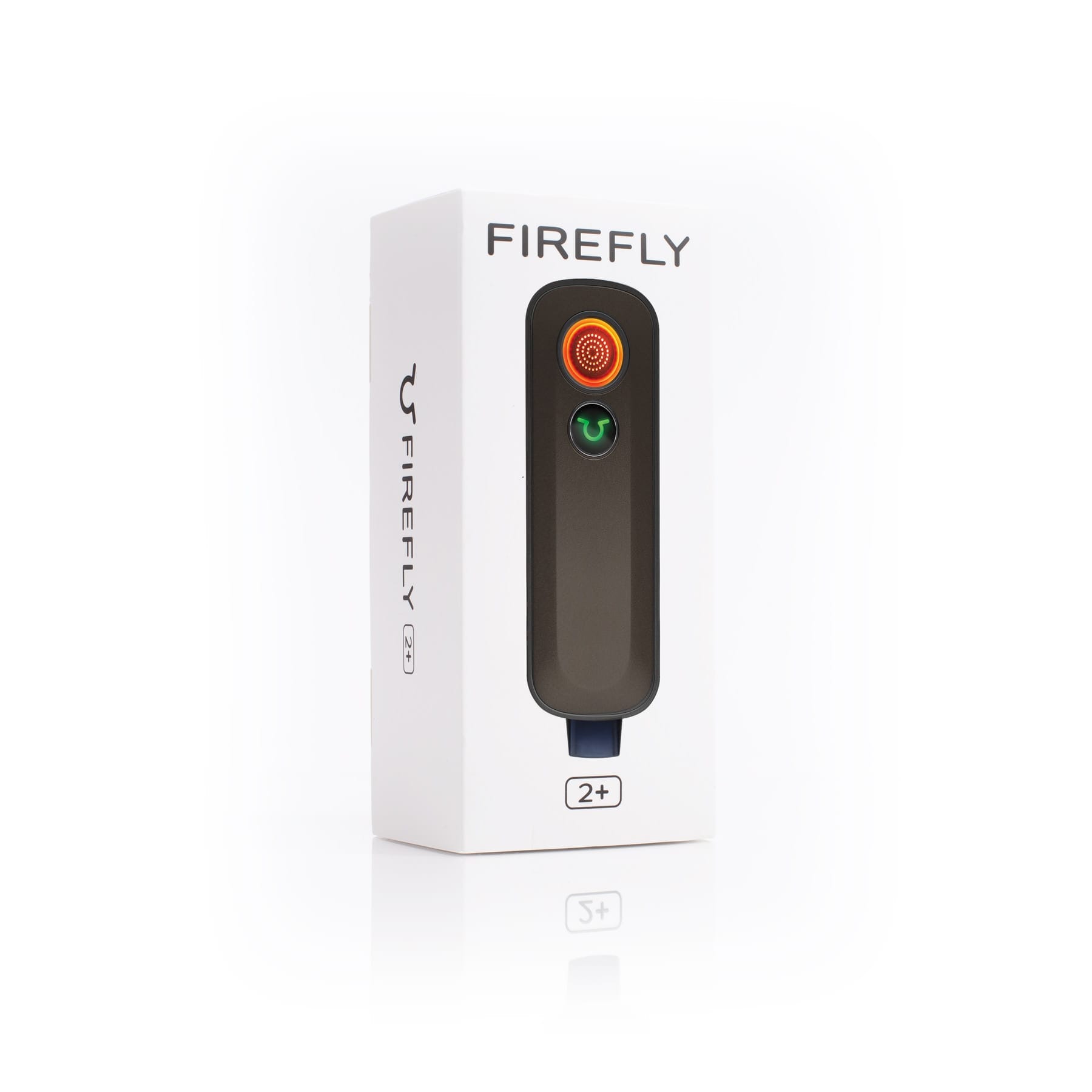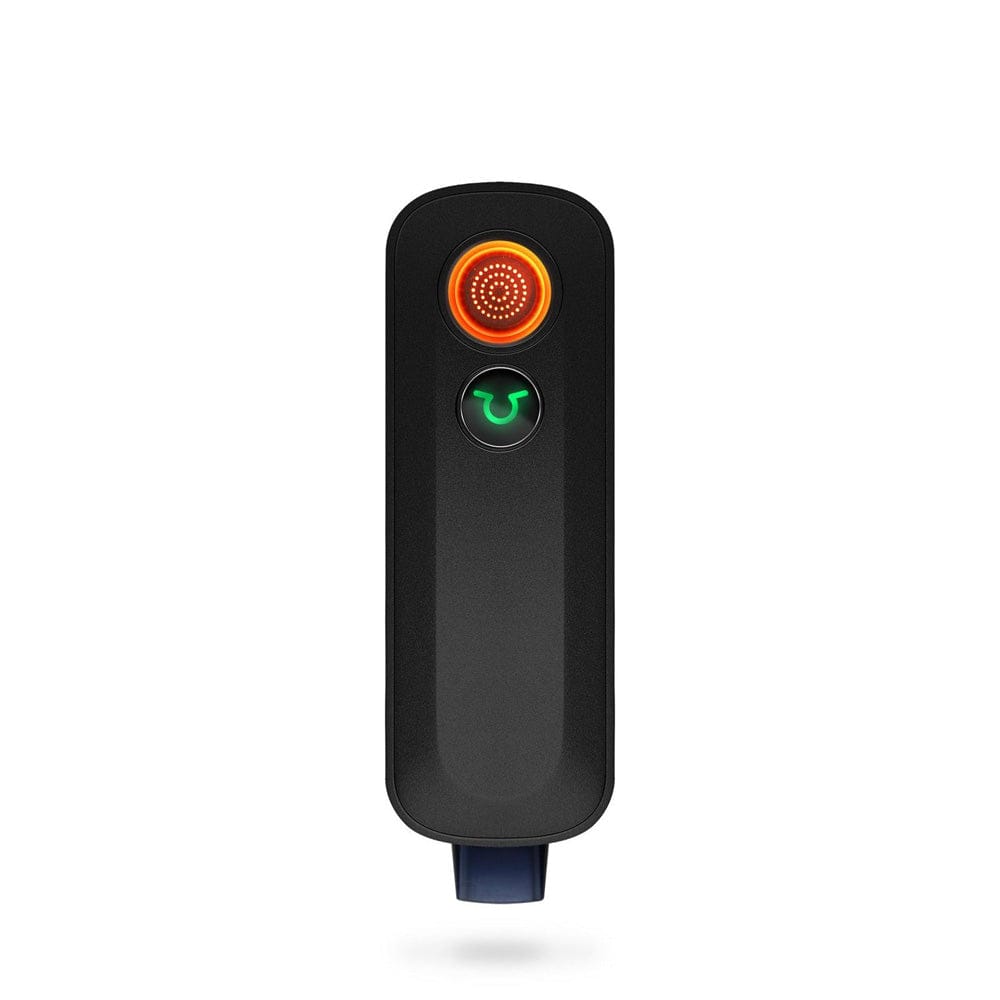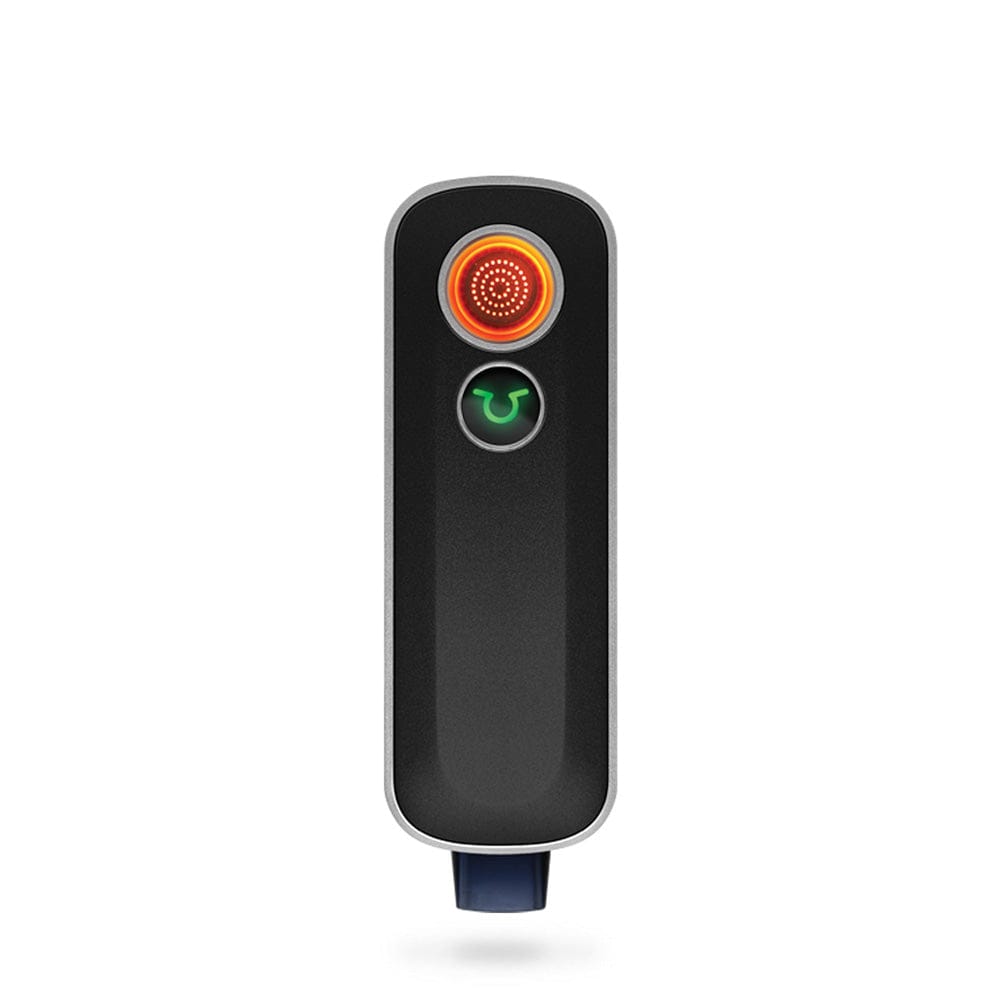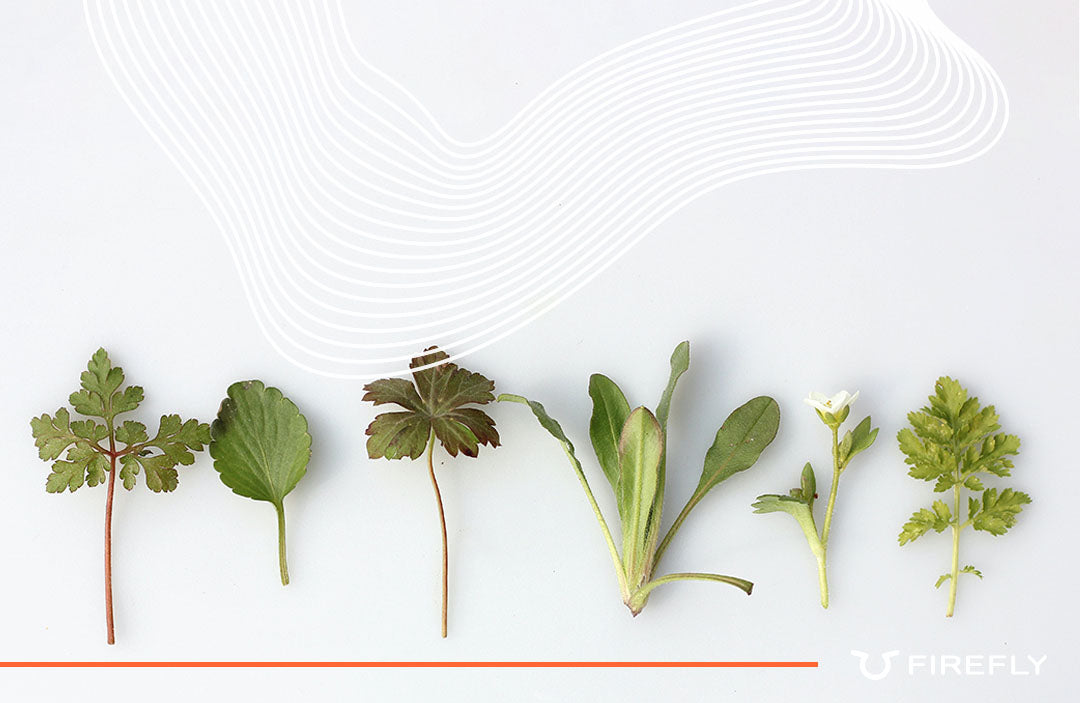The cannabis industry continues to explode in popularity across the United States, with more and more states, like New York, legalizing the plant in one form or another. With laws around the country loosening, a wide variety of products are hitting the market that suggests cannabinoids, the compounds found in the cannabis plant, are being used in more ways than we previously thought possible. Now we’re seeing trends emerge in how cannabinoids are being used. Below is a list of five trends to watch in cannabinoids in 2021 and some popular products these cannabinoids are being used in.
1. CBD

CBD remains as popular as ever, and is even gaining in popularity in new product formats and use cases as studies continue to emerge supporting the famous cannabinoid. From gummies to tinctures, capsules and topical ointments, CBD isn’t slowing down anytime soon. The US market for CBD is projected to generate over $20 billion in revenue by 2024, according to BDS Analytics and Arcview Market Research.
The big draw for CBD oil is that it doesn’t have the same psychoactive effects of THC, but still retains many therapeutic uses. For example, CBD products like Lunchbox Alchemy, can be used to relieve anxiety, help with sleep, and pain management.
However, CBD is expanding beyond the use of humans. CBD for dogs and cats has emerged as a new trend. Evidence is beginning to emerge that CBD oil is effective at treating the pain and inflammation from osteoarthritis and pets suffering from this painful condition showed a noticeable improvement in activity levels and overall well-being after being given CBD oil. Pets can also benefit from the compound’s anti-anxiety properties, giving anxious pets relief during stressful situations.
As we discover new uses for CBD oil, its popularity will continue to grow. This is one trend that’s not going away anytime soon.
2. CBG
The cannabinoid CBG, or cannabigerol, is one of the lesser-known elements in the cannabis plant. While its popularity in mainstream use is lower than CBD’s, its effects are equally as beneficial.
Like other cannabinoids, CBG interacts with receptors in the endocannabinoid system. However, CBG is a minor cannabinoid. Compared to other cannabinoids like CBD and THC, CBG is only found in about 1% of most strains of cannabis. Strains high in THC usually have less CBG.
Many call CBG the “mother of all cannabinoids” because cannabigerolic acid (CBGA) is the molecule from which all cannabinoids are derived. It’s generally derived from less mature plants because it converts to the other compounds as the plant matures.
The benefits of increased CBG production are extensive. Like other cannabinoids, studies are showing that CBG may be beneficial for a wide variety of diseases and ailments. CBG is especially impressive in its effects on inflammation reduction and pain relief. In issues like inflammatory bowel disease and glaucoma, several studies show evidence of CBG as a possible treatment.
Not only that, but CBG was shown to slow the growth of colon cancer cells in rats. In addition to its potential use in cancer treatments, CBG has beneficial effects in studies on Huntington’s disease and Alzheimer’s. It is thought that CBG has neuroprotective properties, which may be the origin of its effectiveness in these two diseases.
Because it is found in small quantities in most strains, CBG is scarce, it can also be harder to produce. Additionally, because CBD is easier to produce, cannabis breeders often focus on CBD instead, but some manufacturers are using genetic modification to develop high-CBG strains.
CBG has great potential to be a net positive for a wide range of wellness concerns. The main obstacle for CBG use is the expense. Until more growers incorporate CBG in their strains or scientists find a way to concentrate it, it won’t be easily accessible for those who need it.
3. THCa
THCa, or Tetrahydrocannabinolic acid, is another underutilized compound in cannabis though it’s recently gained popularity, it’s been previously left out of most conversations on the benefits of cannabis.
The compound is non-psychoactive, so like CBD and CBG, users don’t get “high” from ingestion. THCa is the acidic form of THC. When plants are heated, the process of decarboxylation occurs and THCa loses the acidic component becoming THC.
Ingesting a raw cannabis plant without heat or drying will not intoxicate a user. Cannabis only becomes “high” inducing when THC is formed, but not all THCa will convert when smoked, heated, or dried.
Until now, most studies have focused only on THC, leaving THCa out of the conversation. Though it doesn’t produce a “high,” THCa also has clear benefits. Similar to other cannabinoids, studies have shown that THCa has anti-inflammatory and neuroprotective properties. These are helpful in treating a number of disorders such as arthritis, lupus, and various mental illnesses.
THCa has been of particular interest for its role in the prevention and treatment of Alzheimer’s. Studies show that it may be helpful in reducing the formation of amyloid plaques thought to cause Alzheimer’s. Studies have also shown benefits for Huntington’s and Parkington’s disease.
THCa is more effective in lower doses than other cannabinoids. It’s also found in greater amounts than its sibling compounds. With its abundance, THCa is a great option because it’s much cheaper to produce than other cannabinoids.
What’s most unique about THCa is the variety of ways to ingest it. Unlike other cannabinoids, THCa can be consumed by eating raw cannabis plants, making juicing THCa a popular method of consumption.
Other options for accessing THCa are smoothies, salad dressings, and tinctures. The common thread is that the plants are eaten raw - otherwise, THCa will convert to THC in the heat.
Now that THCa is gaining traction as another therapeutic cannabinoid, more research will open up into its uses and benefits. It may even be that THCa will become just as popular as THC in the coming years.
4. THCv
Tetrahydrocannabivarin (THCv) is often thought of as the most unique of the cannabinoids. Like CBD and THCa, THCv provides countless benefits for mental and physical health. But the effects of THCv are a little different than those of other cannabinoids.
While most of the other cannabinoids listed here are derived from CBGA, THCv comes from cannabigerovarinic acid (CBGVA). Unlike THCa, this form of THC doesn’t come from the same molecule as THC. While they share a name, they don’t share an origin.
The effects of THCv are where it shows its uniqueness. THCv can give users a feeling of euphoria, or a “high.” For that reason, it’s qualified as an intoxicant (much like THC). However, its effects are much lower, about 25% compared to THC. With that, the intoxicating effects of THCv are said to happen faster and end more quickly than THC.
Cannabis users also note the “clear-headed” and elated nature of a THCv high. Because of that, strains high in THCv are often recommended for patients looking for relief from mental illnesses like PTSD and anxiety.
THCv is even recommended for people who like to use cannabis, but find themselves getting anxious when they do so. It can give relief from the anxiety and paranoia that comes with weed. This is especially true in low doses of THCv, as higher doses make the compound act more like THC.
The difference between THCv and other cannabinoids, specifically THC, is apparent in its effects on appetite. While THC acts as an appetite stimulant, famously giving users the “munchies,” THCv is an appetite suppressant.
Additionally, it’s possible that THCv could work as a diabetes treatment because of its positive effects against insulin resistance and management of blood sugar levels. Along with the cannabinoid effects of neuroprotection and anti-inflammation, these benefits make THCv an important character in future cannabis research.
THCv is found in most strains of cannabis, but only at low levels. Sativas are more likely to have higher amounts of THCv, along with African strains. As more people seek the benefits of THCv, it’s likely that growers will work on breeding higher-THCv strains.
5. CBN

Cannabinol, also known as CBN, is the last cannabinoid on our list that we want to draw attention to. CBN is produced as a cannabis plant ages and THC begins to break down. CBN is the product of the THC molecules breaking down. The compound can also be produced in a lab by extracting THC from the cannabis plant and then breaking it down with heat.
CBN is another very common cannabinoid (right up there with THC) and has been studied for decades along with CBD. But CBN use is starting to rapidly increase as more and more become aware of its benefits. Like CBD, cannabinol is a non-psychoactive compound, so it’s not going to get you high.
What is CBN used for? One of the lesser-known properties of this cannabinoid is that it’s antibacterial. In fact, some studies have shown that it’s effective against strains of the MRSA bacteria that are resistant to traditional antibiotics. CBN can also stimulate a user’s appetite. This makes it useful for those who struggle to eat, like cancer patients undergoing chemotherapy.
CBN has also been growing in popularity as a cannabinoid used for sleep formulations, however, the jury and science are still out on where the linkage to CBN and sleep comes from.
Methods People Are Using to Consume Cannabinoids
VAPING

The most traditional way of consuming cannabis is by smoking the flower. But some people find the smoke too harsh and worry about the effect of the smoke on their lungs. This has resulted in an increasing interest in vaping.
In short, vaping is when cannabis concentrates are heated up to a certain temperature allowing for the vaporization of cannabinoids and terpenes. The vapor the user inhales is much smoother and easier on the lungs than smoking the flower. However, vaping benefits go far beyond just a smoother experience. Because vape pens often use concentrates, users can get the desired effect using less because the concentrate has a much higher level of THC. Vaping also allows for precise dosing, meaning the user is getting the same dose of THC with every hit, making it easier for users to manage their high.
People who still enjoy cannabis flower but are looking to avoid combustion may opt for a loose leaf vaporizer like the Firefly, a load-your-own premium vaporizer that allows users to get the full experience of flower in vapor format.
The popularity of vaping is likely to increase over the next few years because of benefits like portability, consistent dosing, and being easier on the lungs.
SKIN CARE

The market for skincare products has always been big. People are willing to spend big bucks on making their skin look younger, more vibrant, and free from wrinkles and other blemishes. There’s a large demand for skin care products that are infused with CBD oil.
CBD oil has known anti-inflammatory properties, making it a very effective treatment for a variety of skin conditions. Inflammation can be seen in certain types of acne, psoriasis, and eczema, all of which can be treated with CBD-infused skincare products. CBD is especially effective against acne because the compound fights many of the condition’s root causes. CBD prevents breakouts because it helps to moderate oil production in the sebaceous gland, helps with inflammation, and works to keep skin pores clean.
All this makes CBD a popular choice in skin products, especially since the traditional treatments for many skin conditions include harsh steroids that can have negative side-effects.
IS THERE A PATTERN TO THESE TRENDS?
The biggest trends in cannabinoids and how they’re used exist mainly in the area of health and wellness. Whether it’s trying to stay healthy or treating existing conditions, people are using cannabinoids because these compounds can be very effective with few side-effects. This shows that cannabis is appealing to a much broader audience, and this appeal will likely continue to expand into 2021 and beyond.









